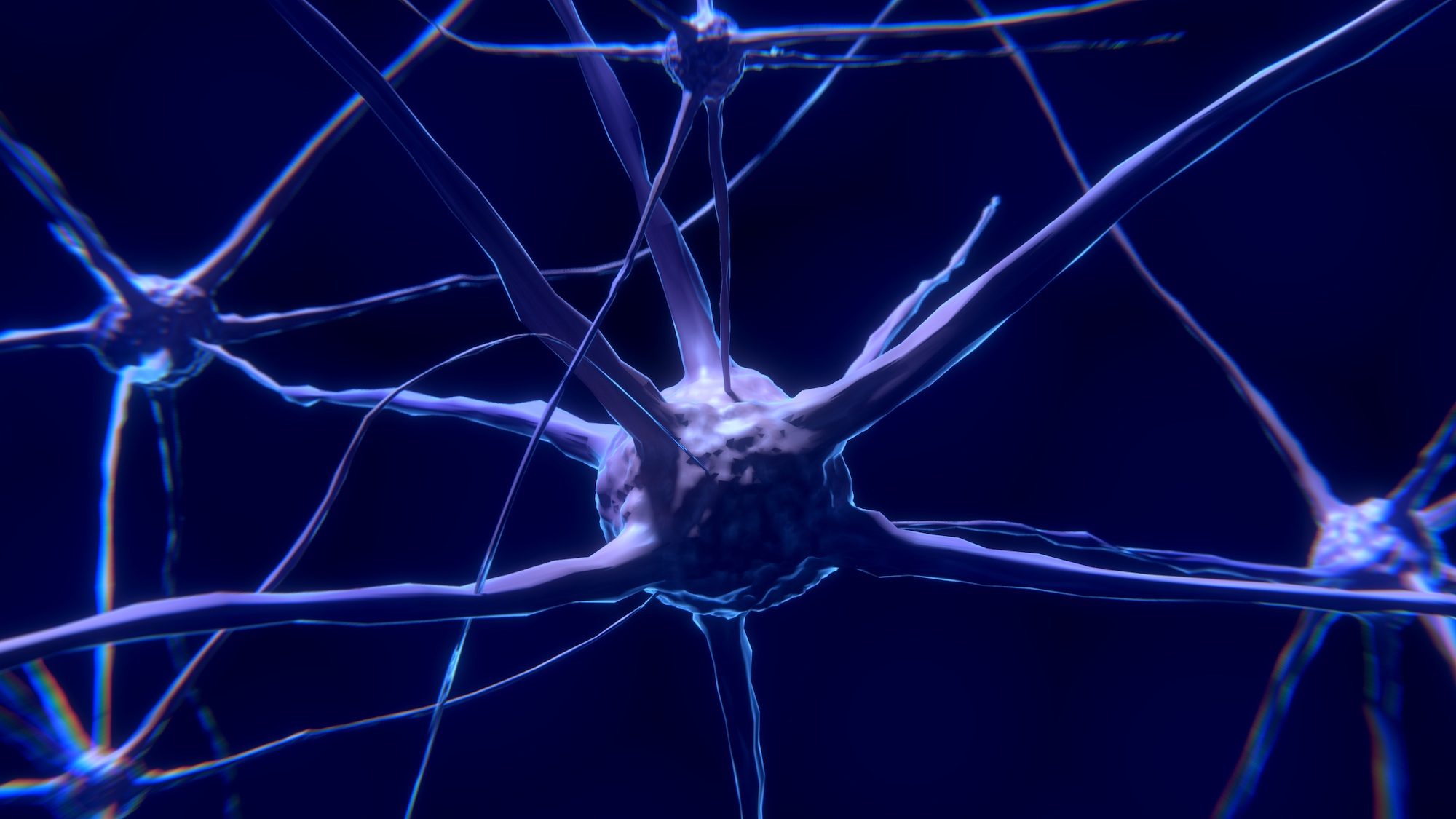It is interesting that we are commonly known to survive loss. We are thought of in our grief as surviving loved ones. We are called suicide survivors after losing a loved one to suicide. But what it means to truly survive loss is not well understood or even talked about at all. It’s just a word that’s been assigned to the bereaved.
The literal meaning of the word “survive” is to remain alive after the death of someone or the cessation of something under adverse or unusual circumstances. And remaining alive versus living are two very different things. I’m sure everyone would agree that losing a child is the least favourable circumstance to be in and is unusual and adverse in every way imaginable. For most if not all bereaved parents, surviving their child’s death is about the only thing they can do. But it’s also true that many grievers in general simply remain alive without much or any feeling at all after losing a love of their life. Without hope and loss of direction, some people may never feel anything again.
Continue reading “Surviving versus Living – What’s the difference?”









